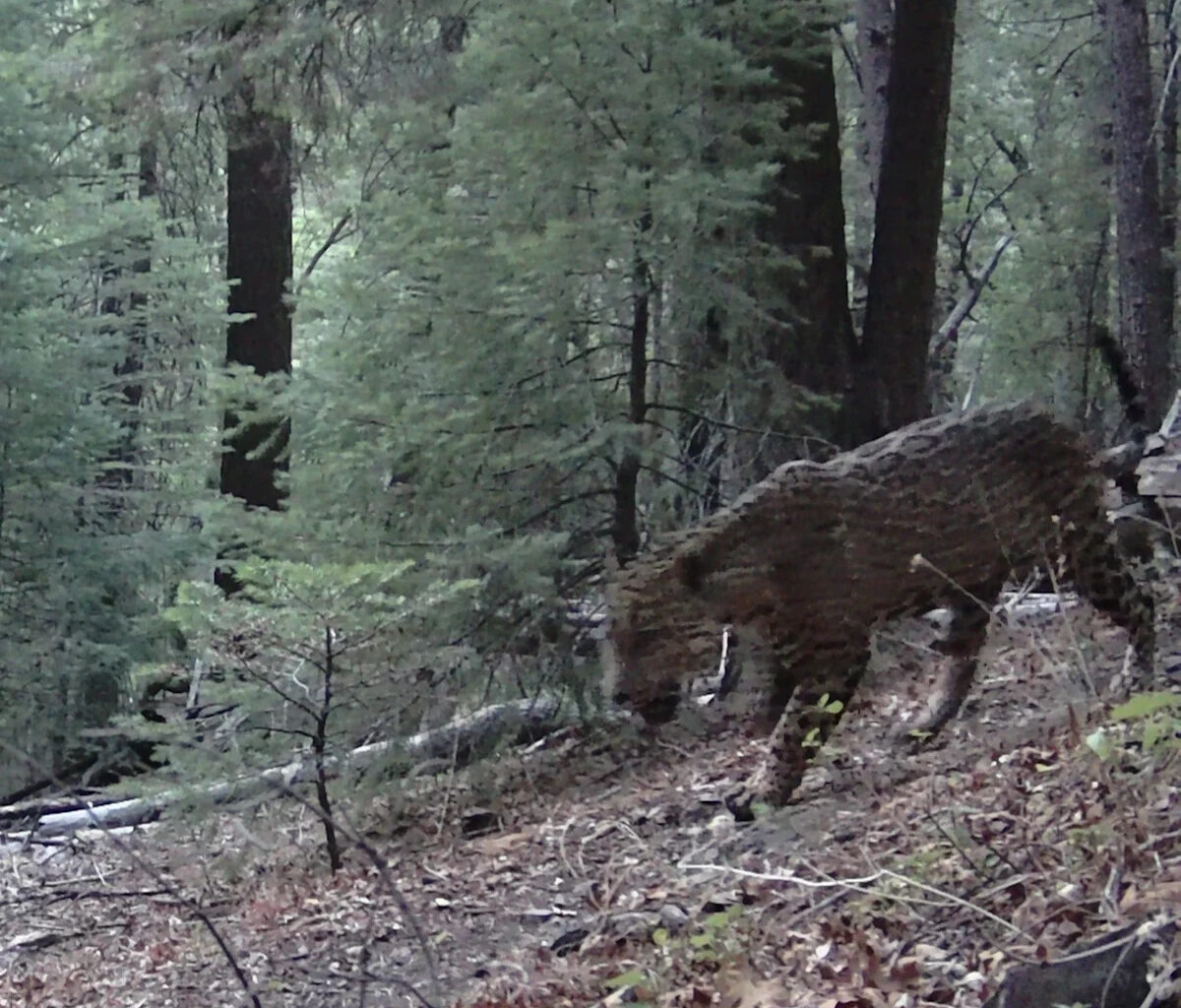A trail camera captured a new sighting of a jaguar, one of Arizona’s most elusive creatures.
The image is the latest of five jaguar sightings documented this summer by the University of Arizona’s Wild Cat Research and Conservation Center and their team of citizen scientists. Researchers said all of the images are of the same male jaguar, which was last seen in the same area over a year and a half ago.
The rarely spotted big cats, which can be 5 to 8 feet and weigh 140-300 pounds, have experienced significant habitat loss and fragmentation, highlighted in recent years by controversial mining projects and border wall construction in southern Arizona.
Here’s what to know about the rare big cats, including where they live and how rare they are.
Where do jaguars live?
There are a number of jaguars that live in southern Arizona, near the U.S.-Mexico border.
The U.S. Fish and Wildlife Service has designated hundreds of thousands of acres of critical protected habitat across Pima, Santa Cruz and Cochise counties. Most of the land is mountainous desert.
Critical habitats are areas where the service can manage or protect endangered and threatened species.
How many jaguars are there in Arizona?
It’s unknown exactly how many jaguars currently live in Arizona, but there have been several sightings over the past few years.
In 2022, National Geographic observed that at least 7 different jaguars have been seen in Arizona within the past 30 years.
Are jaguars endangered animals?
Yes, jaguars are endangered.
The World Wildlife Fund estimates jaguars have lost roughly 50% of their historic range.
In May, the U.S. Fish & Wildlife Service removed 64,797 acres of the jaguar critical habitat designation in southern Arizona in compliance with a court ruling vacating portions of the designation. The remaining critical habitat acreage is approximately 640,124 acres in Pima, Santa Cruz and Cochise counties.
Their habitats are becoming increasingly fragmented, meaning patches of habitat are decreasing in size and becoming increasingly isolated and less connected, according to the World Wildlife Fund. Lands once ruled by jaguars are being destroyed by logging, large-scale agriculture, ranchland and urban areas.
Habitat fragmentation makes it incredibly difficult for these felines to hunt and mate, which poses a major threat to their numbers and survival.
This article originally appeared on Arizona Republic: A jaguar was spotted in Arizona. What to know about the rare big cat

